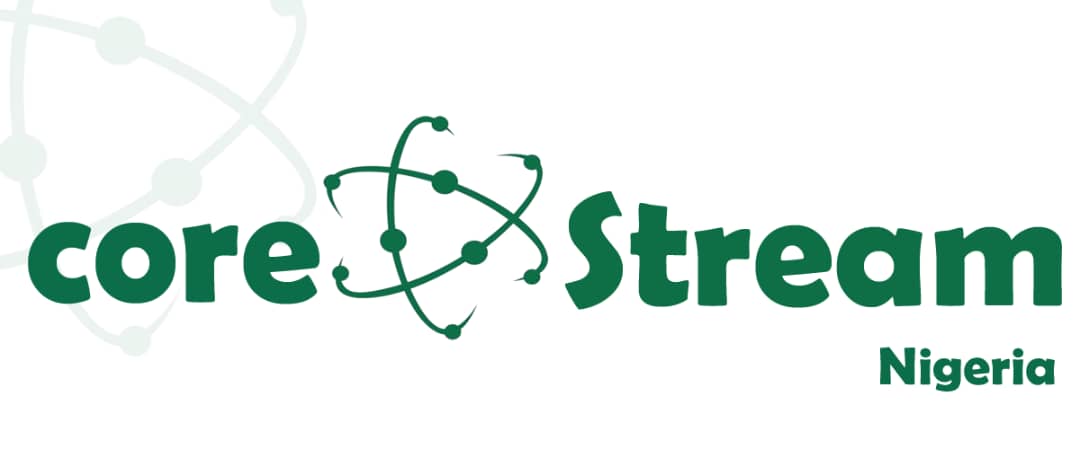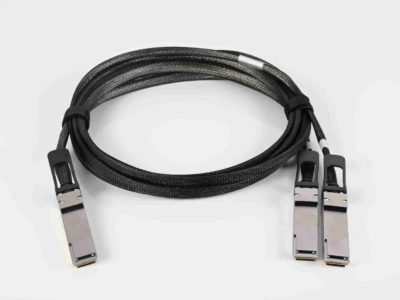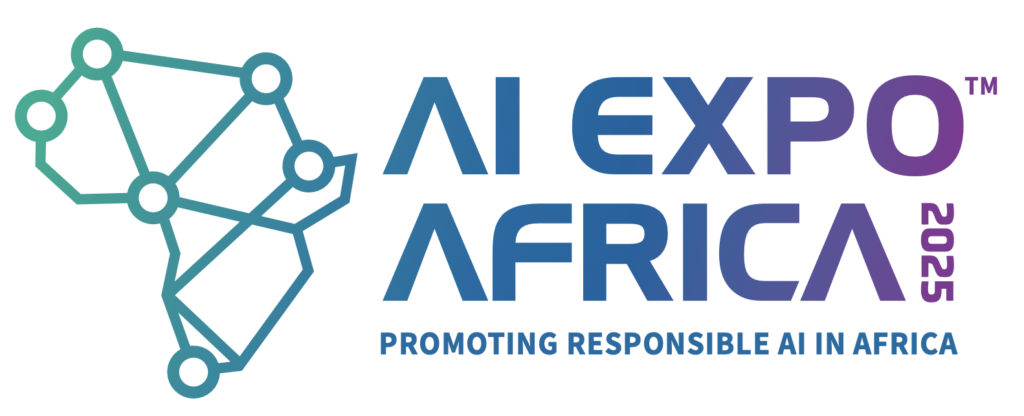By Duncan van Jaarsveld, Head of Mining, BT Business
African businesses are gaining momentum in the adoption of digital technologies to enhance their operations. Even though challenges such as infrastructure development and regulatory constraints remain, digital transformation is accelerating. According to the World Bank, digital access in Africa has experienced a 115% increase in Internet users between 2016 and 2021 contributing to a growing demand for secure and reliable network infrastructure.
RELATED: Data-driven decision making for mining and engineering
In fact, leading analysts widely expect worldwide cloud usage levels to jump sharply over the next few years, with today’s approximate figure of 20% of all workloads sitting in the cloud growing rapidly to around 60%. In Africa, cloud adoption is gaining momentum as businesses embrace this environment. A McKinsey survey indicates that businesses across the continent are migrating quickly, with approximately 45% of their workloads already in the public cloud. This signals a fast-paced shift towards cloud-based operations.
Miners like most businesses advancing on their digital transformation journey now have access to use many types of clouds — from public cloud services including Amazon Web Services (AWS), Google Cloud Platform and Microsoft Azure to software-as-a-service such as SAP and ServiceNow — to private clouds in their own data centres. Edge compute is proliferating too, creating small clouds at customers’ factories and other sites for local processing of Internet of Things (IoT) data.
To achieve the best applications performance and optimise operating costs, they must now consider the route each of their digital workloads take as they move between the many clouds they’re processed in, and out to users.
Managing cloud costs
Managing cloud costs is a common concern for almost all businesses and not just miners. The complexity and general lack of transparency around cloud costs means many businesses could experience bill shock. Strategies to optimise costs and prevent bill shock include:
- Implementing cost management tools: Tools from providers like AWS, Azure, and Google Cloud can help monitor and manage expenses.
- Right-sizing resources: Regularly reviewing and adjusting the size of your cloud resources to match your actual usage can prevent over-provisioning.
- Using reserved instances: Committing to longer-term usage can often result in significant discounts.
- Automating shutdown of idle resources: Ensuring that non-essential resources are turned off when not in use can save costs
Embracing NaaS for enhanced, cost-effective connectivity
The arrival of Network-as-a-Service (NaaS) is a connectivity game-changer – key to improving productivity and optimising costs by avoiding application downtime, removing network friction, and maintaining resilient connectivity as your network evolves.
In Africa, where there is an increasing use of cloud services and a need for seamless connectivity across multiple devices in places where traditional infrastructure is often lacking, NaaS could be the watershed.
NaaS provides various network functionalities, such as port activation, service deployment (for example, Internet or IP VPN) and connectivity to hyperscalers. Particularly in Africa, where traditional infrastructure gaps can limit seamless connectivity, NaaS is proving to be a transformative solution. By offering pay-as-you-use network access, businesses can ensure flexible, cost-effective connectivity while maintaining performance and reliability. Furthermore, these solutions allow users to centralise control and automate processes on digital interfaces and can be accessed on a pay-as-you-use basis.
Ongoing evolution
Optimising costs as multi-cloud environments evolve will be a core part of our new global network that’s being built for the fast-changing multi-cloud world. Already, our innovations in global networking can bring together public cloud, private cloud, and everything in between.
The key lies in an end-to-end programmable platform with no lock to specific services, contracts or clouds. Commercial flexibility like this will allow you to pay only for what you need, when you need it. By reducing the amount of physical hardware you need, either through multi-tasking with some or by going for complete virtualisation, the evolution of global networks presents opportunities for cutting capex as well as opex.
In this era of network transformation amid economic uncertainty, optimising cloud operational expenses for increased revenue is vital.
































